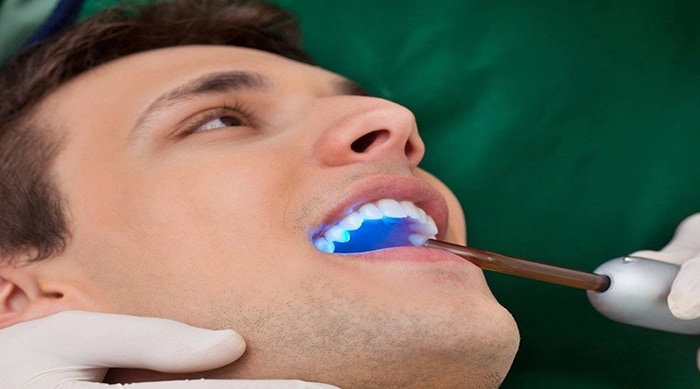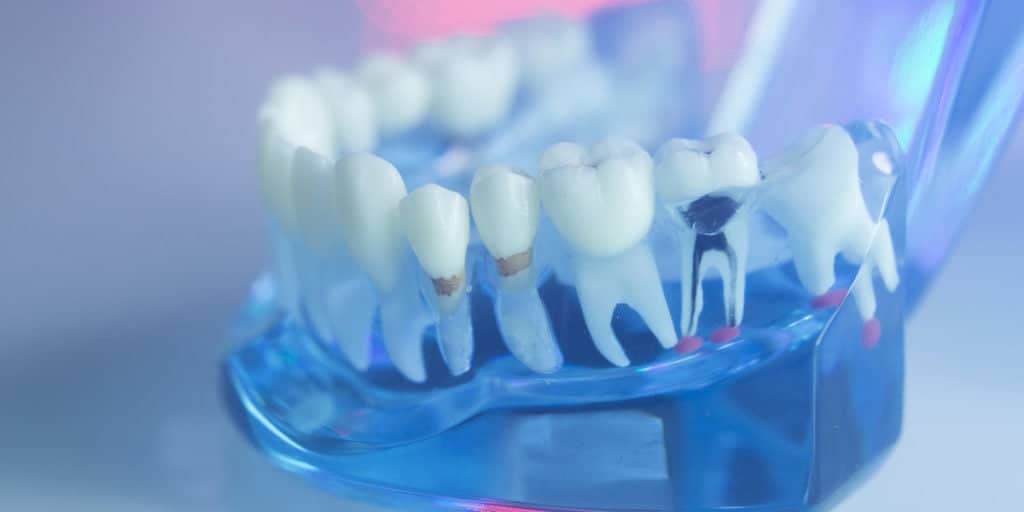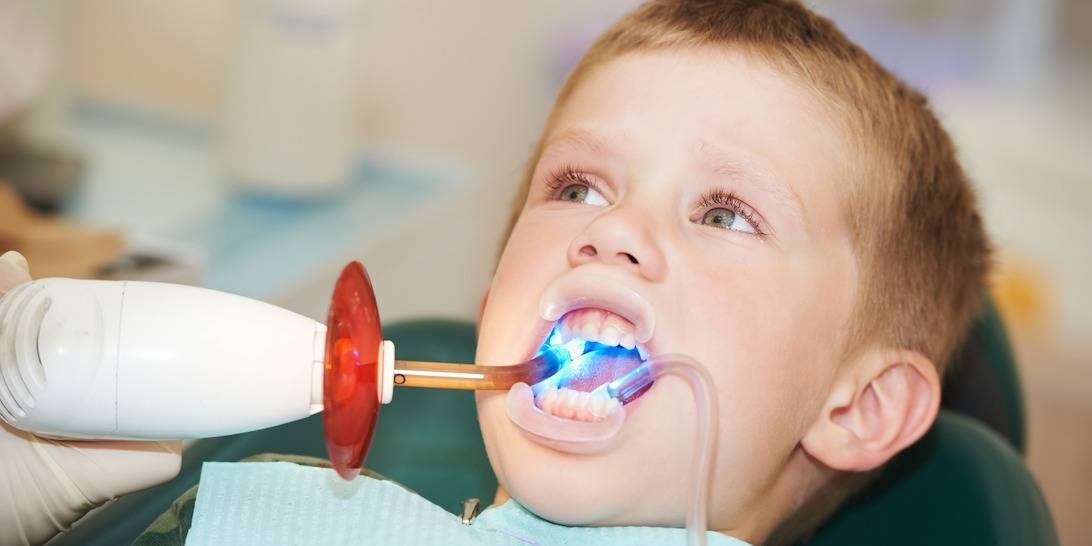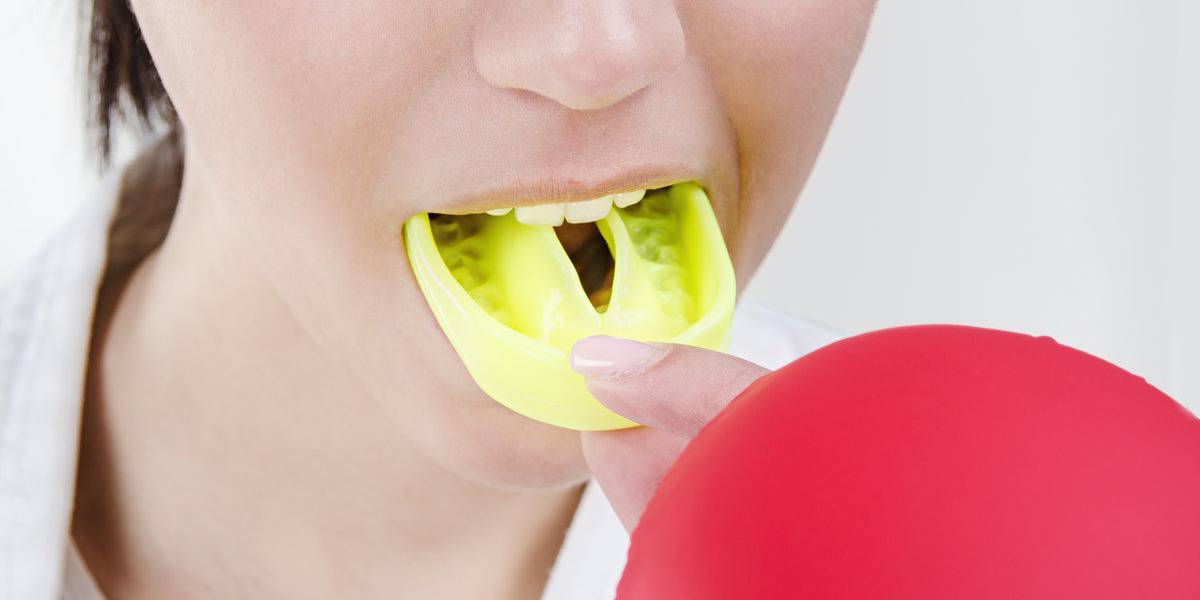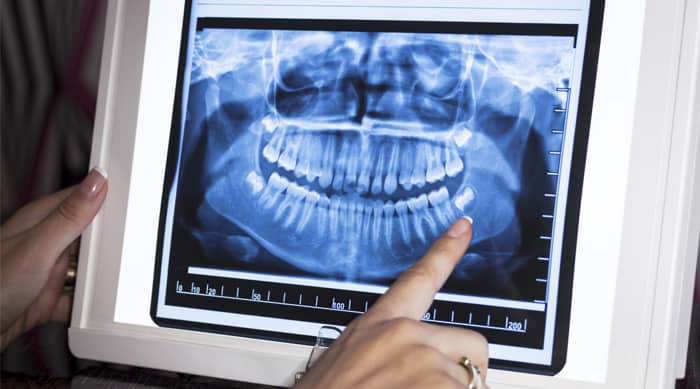
Dental technology in Markham includes a wide range of treatments and procedures that have helped to make dental care more accurate, efficient and comfortable for patients. Advances in dental technology have also made it possible to detect and treat problems early which can help to prevent more serious health issues down the road.
Benefits
In today’s society, technological advances are everything. Technology makes lives easier and efficient. Dental technology has come a long way in recent years and offers many benefits for both dentists and patients. Here are just some of the benefits of dental technology :
- It makes detection and treatment of oral problems quicker, easier, and more accurate.
- Dental technology allows the dentist to see problems beneath the surface of the teeth and aids in the early diagnosis of any oral issues.
- The innovative dental techniques and technologies help in restoring the teeth faster. Moreover, it offers less discomfort to the patients.
Examples of dental technologies
There are many dental technologies out there that can help improve your oral health. From tools that can remove plaque and tartar to those that can whiten your teeth, there is a technology for every need. Below are the most common dental technologies and what they can do for you.
1. CAD/CAM
CAD/CAM stands for computer-assisted design or computer-assisted manufacture helps in the production of dental restorations such as veneers, crowns, bridges, inlays and onlays.
Using this software will ensure that dental prosthetics will be based on the patient’s measurements. As a result, it can provide comfort to the patient in the long run.
2. Air abrasion
A dentist’s drill is probably one of the most notorious tools and is well-known for being loud and scary. On the other hand, air abrasion is quieter and does not damage the surrounding tissue.
Air abrasion is an invasive technology that uses pressurized air to eliminate decay and is used in preparation for sealants and fillings. Compared to traditional drills, it makes the patients less anxious as they sit on their dental chairs.
3. Intraoral camera
An intraoral camera is a small, handheld device that snaps a picture of your teeth and gums. The pictures are then displayed on a computer screen so that your dentist can get a closer look at any potential problems.
Intraoral cameras are quick, easy, and painless. They can help your dentist catch any issues before they become bigger problems.
4. Implants
The technology of dental implants has come a long way in recent years. Nowadays, dentists can accommodate small tooth replacements because of the development of mini-implants.
In addition to the traditional implants, there are now many types of dental implants. For example, zirconium oxide implants are more long-lasting and durable.
Aside from the types of implants, some dental companies have also concentrated on reducing treatment by placing implants immediately after tooth extraction instead of waiting six months.
5. Digital x-rays
Unlike the traditional dental x-rays which use film, digital x-rays use sensors to transmit the images to a computer. This provides an enhanced and better diagnosis.
Although some people worry about the exposure of radiation from dental x-rays, the amount of radiation exposure is small and considered safe. Here are some advantages of digital x-rays compared to the traditional ones.
- Less expansive
- Offers faster results
- More comfortable
- Produces better images
6. Modern options for bone grafting
Bone grafting is a surgical procedure that is often used to help repair bones that have been damaged by oral disease or injury. While the traditional bone grafting techniques are still in use, here are samples of modern options that can provide better outcomes for patients.
- Animal bone replacement: The bone from a deceased animal is preserved, sterilized and processed.
- Grafting through bone replacement: A bone taken from another part of the body is used as a substitute for the damaged jawbone.
- Man-made bone grafting: This technique uses frozen dried material created in a laboratory.
Conclusion
As the dental industry has evolved, so too have techniques and technology. Today’s dentists can provide more personalized care with better diagnostic tools than ever before. If this sounds like something you want to learn more about then feel free to schedule a visit with your Markham dentist today.


